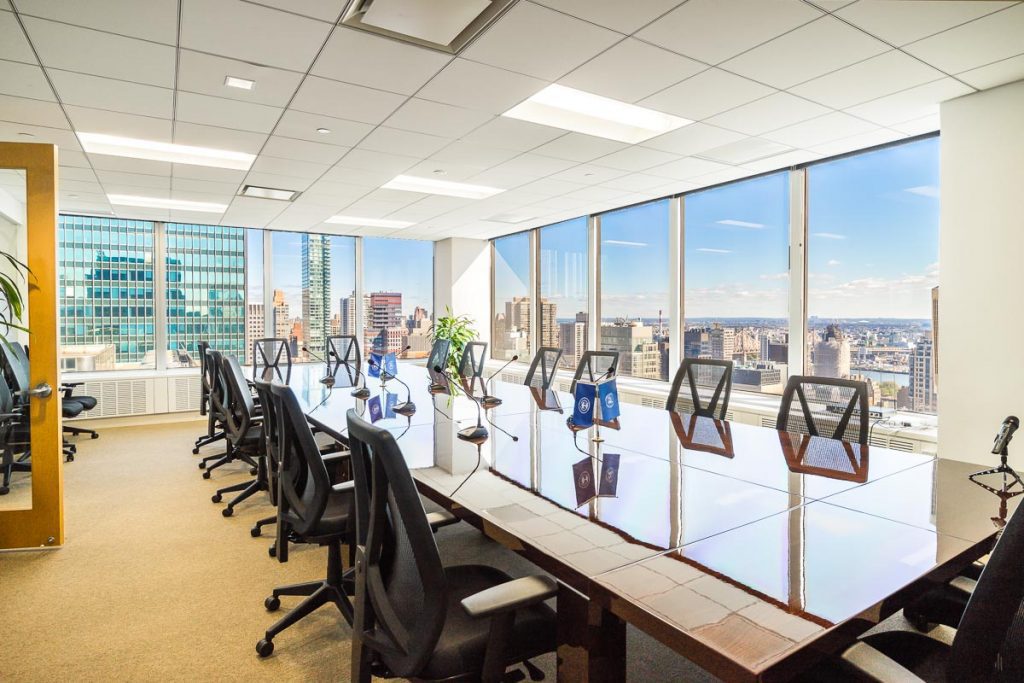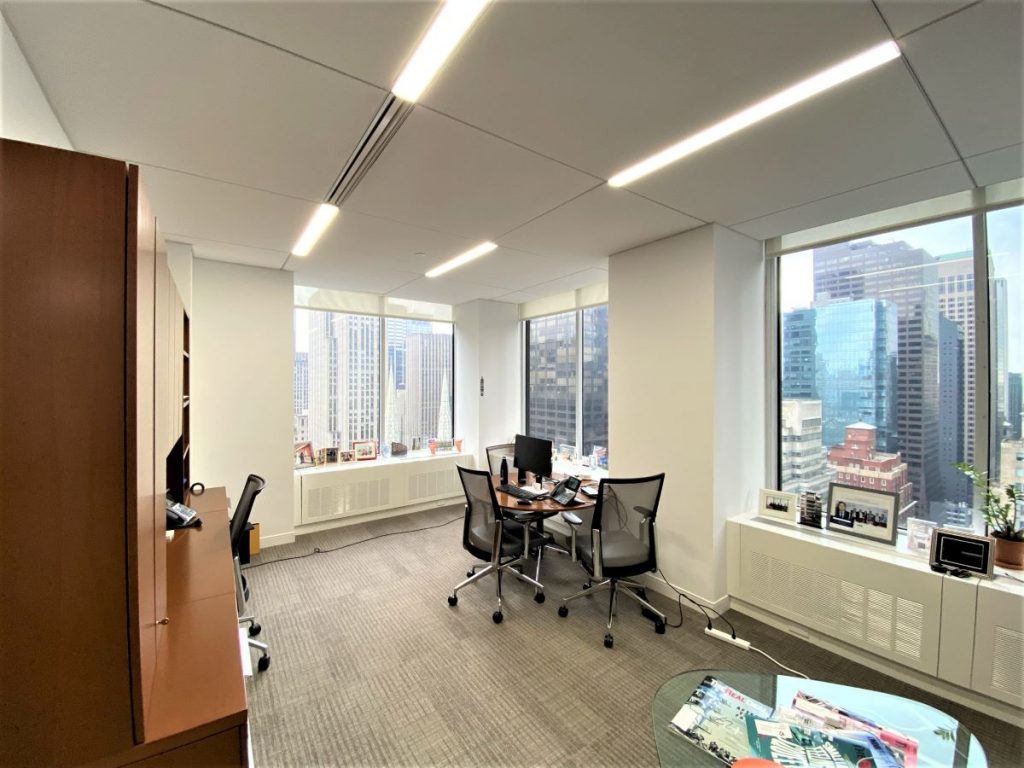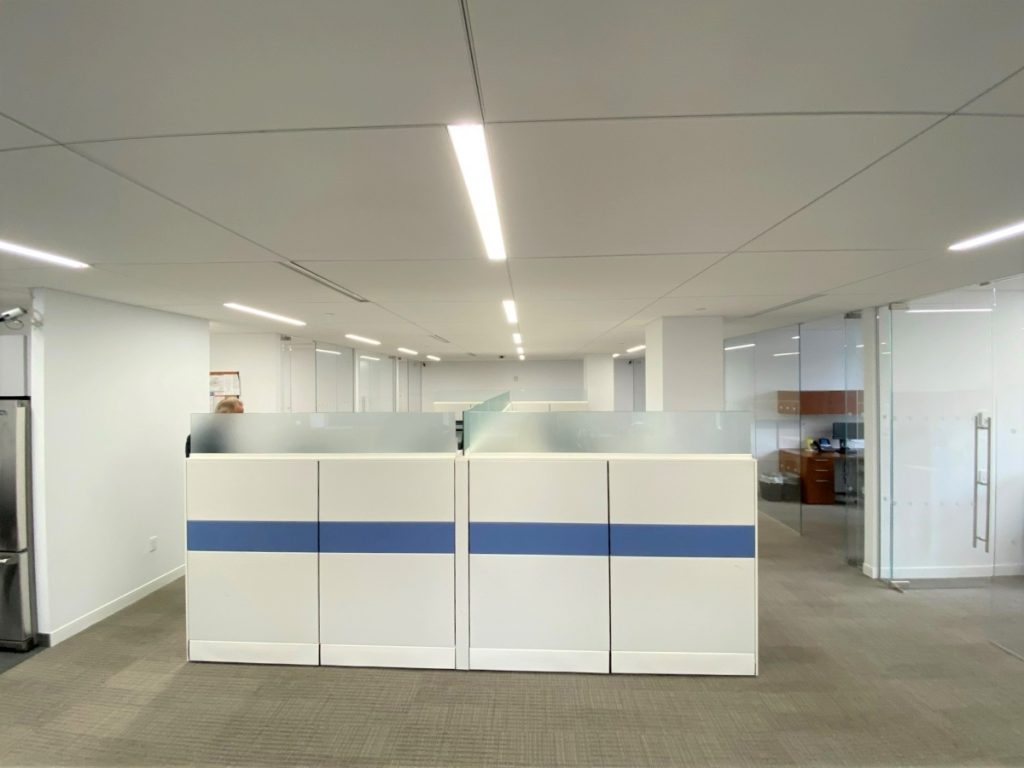
What Does It Mean to Sublease Office Space?
When you sublease office space, you rent out part of your leased property to another business while keeping your original lease with the landlord. In this arrangement, you act as the sublessor, and the new tenant is the subtenant.
The subtenant pays rent to you, and you continue paying your landlord. This allows you to make use of idle space while maintaining your office address like 260 Madison Avenue in the heart of New York City.
Step 1: Review Your Lease Agreement
Before you sublease office space, check your lease contract. Many landlords in New York allow subleasing but require written permission first. Look for clauses about subletting or transferring space.
If anything is unclear, consult a real estate attorney to confirm what’s permitted and what rules apply. Understanding your legal position before subleasing avoids potential conflicts later.
Step 2: Find Potential Subtenants
Once you know you can sublease office space, it’s time to find the right subtenant. Start by reaching out to nearby companies that may need extra desks or rooms.
If you can’t find anyone locally, list your sublease office space on platforms like LoopNet, Instant Offices, or Coworker. These services connect businesses seeking short-term office rentals across Manhattan and other parts of New York.
Promote your listing with clear photos, square footage details, and flexible lease terms key selling points for New York startups and small firms.
Step 3: Screen Your Subtenants Carefully
Not every interested party will be a good fit. When you sublease office space, you remain responsible for rent payments, so screening is essential.
- Check that the subtenant’s business doesn’t compete with yours.
- Confirm their ability to pay rent on time.
- Choose a company that aligns with your office culture and values.
Even though they’ll occupy part of your subleased office space, you’ll still be accountable to your landlord so choose wisely.
Step 4: Set a Fair Rent and Lease Term
Decide how much to charge for your sublease office space based on current market rates. Research what other offices in Midtown or Downtown Manhattan are charging per square foot.
Most landlords allow you to recover your costs but not profit from subleasing. Check your lease for restrictions. Collect a security deposit (usually one month’s rent) to cover potential damages or unpaid rent.
When determining the term, shorter subleases (6–18 months) are often more appealing to small businesses seeking flexibility.
Step 5: Draft a Legal Sublease Agreement
A well-written sublease agreement protects both parties. Clearly outline the rights and responsibilities of the sublessor and subtenant.
Your sublease office space contract should include:
- Rent amount and payment schedule
- Duration of the sublease
- Access hours and shared-area rules
- Utilities, internet, and maintenance responsibilities
- Branding or signage permissions
- Termination and renewal conditions
Have your attorney review it to ensure compliance with New York real estate law and your landlord’s requirements.
Step 6: Finalize and Manage the Sublease
Once the paperwork is complete, both parties should sign the agreement and retain copies. Notify your landlord and provide them with a copy if required.
As the sublessor, you’ll manage rent payments, coordinate shared facilities, and ensure that both businesses use the space respectfully. Maintaining open communication helps your sublease office space run smoothly.

Why Businesses Choose to Sublease Office Space
More New York companies are turning to subleasing as a strategic business move. Here’s why:
1. Cost Savings
When you sublease office space, you share your rent burden, reducing monthly costs without breaking your lease.
2. Flexibility
Subleasing provides flexibility for both sides; the sublessor avoids paying for unused areas, while the subtenant enjoys a short-term, affordable workspace.
3. Avoiding Lease Penalties
If your company needs to relocate or expand, subleasing office space allows you to keep your lease active without penalties or lost deposits.
4. Sustainability
Instead of leaving offices empty, subleasing supports a more sustainable approach by making better use of existing buildings.
What to Consider Before You Sublease Office Space
Before offering a sublease office space, evaluate these important factors:
- Responsibility: You remain legally responsible for the entire lease.
- Logistics: Check that your office can accommodate additional people and traffic.
- Privacy: Protect sensitive information through policies and confidentiality agreements.
- Insurance: Verify that your insurance covers subtenants and require them to have liability coverage.
- Culture Fit: Ensure your subtenant’s operations match your environment and won’t cause disruption.
By addressing these points, you’ll make your subleased office space safe, compliant, and attractive to tenants.
Why Subleasing Works So Well in New York
With premium rent rates and limited availability, New York is one of the best markets for subleasing. Many businesses value flexibility over long-term commitments, and others seek temporary offices in central locations like Madison Avenue, SoHo, or Hudson Yards.
When you sublease office space in Manhattan, you maintain your prime address while reducing your expenses. It’s an ideal balance between stability and cost-efficiency.
Becoming a Responsible Sublessor
Managing a sublease office space effectively requires communication, transparency, and professionalism. Keep financial records organized, address issues promptly, and maintain good relationships with both your subtenant and landlord.
Handled properly, subleasing can transform unused areas into productive and profitable parts of your business.

The Unique Workspaces Advantage
At Unique Workspaces, we help businesses across New York City sublease office space the right way. Whether you’re looking to rent out part of your office, find a flexible coworking solution, or explore new leasing options, our experts make the process seamless.
We offer:
- Legal and strategic support for subleasing
- Access to premium office listings and tenants
- Flexible workspace options in Midtown Manhattan
- Transparent, professional service from start to finish
Visit Unique Workspaces at 260 Madison Avenue, New York, NY 10016, or explore UniqueWorkspaces.com to learn how to sublease office space effectively and efficiently.
Frequently Asked Questions
Question 1: Can I sublease office space in New York?
Ans: Yes. Most commercial landlords allow subleasing with approval. Always review your lease and get written consent.
Question 2: How much can I charge to sublease office space?
Ans: Rates vary depending on location and amenities. Midtown offices typically range between $45–$80 per square foot per year.
Question 3: Who is responsible for maintenance in a subleased office space?
Ans: The primary tenant remains responsible to the landlord, but the subtenant must maintain their portion under the sublease terms.
Question 4: What are the benefits of subleasing?
Ans: It saves money, provides flexibility, and ensures your space remains productive instead of sitting vacant.
Final Thoughts
Subleasing is a practical solution for modern businesses in competitive markets like New York City. When you sublease office space, you maximize your resources, reduce costs, and give another business a chance to grow in a desirable location.
Contact Unique Workspaces, we specialize in helping you sublease office space safely, profitably, and efficiently. Contact us today or visit our Madison Avenue location to start the process with confidence.